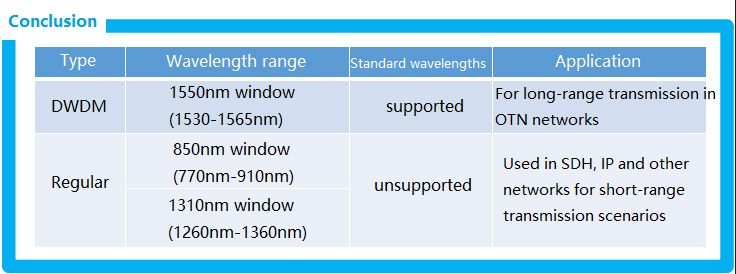Are DWDM wavelengths colorful light?
What are the wavelengths of Regular light?
DWDM optical wavelength and Regular optical wavelength are both used in optical communication, and they are both invisible to the naked eye.
Which light Wavelengths are Invisible to the Naked Eye?
As shown in the figure below, the visible light range is between 380nm and 780nm. It is the light that we can see with our naked eyes, such as rainbows, etc. Other wavelengths such as X-rays, ultraviolet, infrared, and microwaves are invisible to the human eye.

Optical communication refers to fiber optic communication, which can be used to transmit optical signals in optical fibers. Optical communication is widely used in OTN, SDH, IP, and other networks.
The optical wavelength range of optical communication is 850nm~1650nm, which is located in the near-infrared region, and the light in this optical wavelength range is invisible light.
DWDM optical wavelength and Regular optical wavelength are used for optical communication, so they are also invisible light.
Where do DWDM and Regular Optical Wavelengths Fall on the Spectrum?
According to ITU-T, the optical wavelength of optical communication is divided into 850 band, O band, E band, S band, C band, L band, and U band.
- The 850nm band is also known as the first window.
- The O-band is also known as the second window (1310nm).
- The C-band is also known as the third window (1550nm).
- The L-band is also known as the fourth window.
- The E-band is also known as the fifth window.
- The S and U bands are undefined.
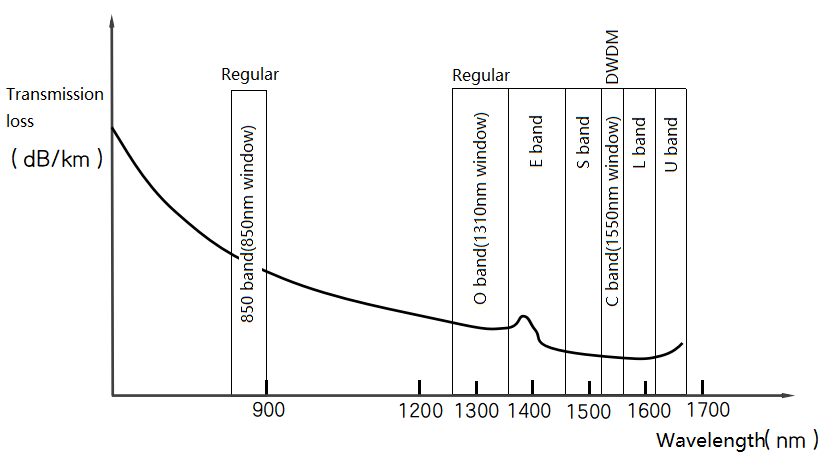
Currently, optical communication mainly uses wavelengths in the 850nm, O-band (1310nm), C-band (1550nm), and L-band ranges. DWDM optical wavelengths fall within the C-band (1550nm), while Regular optical wavelengths fall within the 850nm and 1310nm ranges.
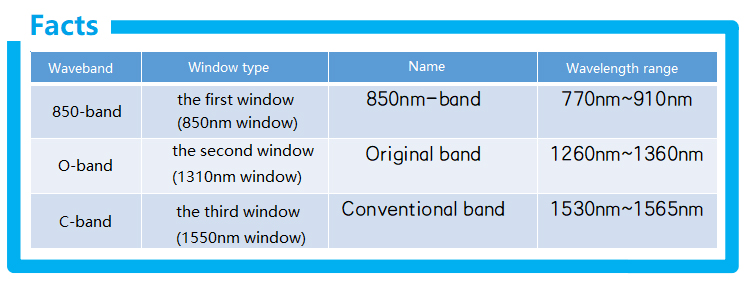
What are DWDM and Regular Optical Wavelengths?
DWDM optical wavelength refers to light in the 1550nm range with a standardized wavelength. It is typically used in OTN networks for long-distance transmission.
Regular optical wavelength refers to light in the 850nm and 1310nm ranges without a standardized wavelength. It is typically used in SDH, IP, and other networks for short-distance transmission.
To put it simply, DWDM and Regular optical wavelengths are not specific signals but rather a range of signals within a certain wavelength range. Some signals have a standardized wavelength while others do not.
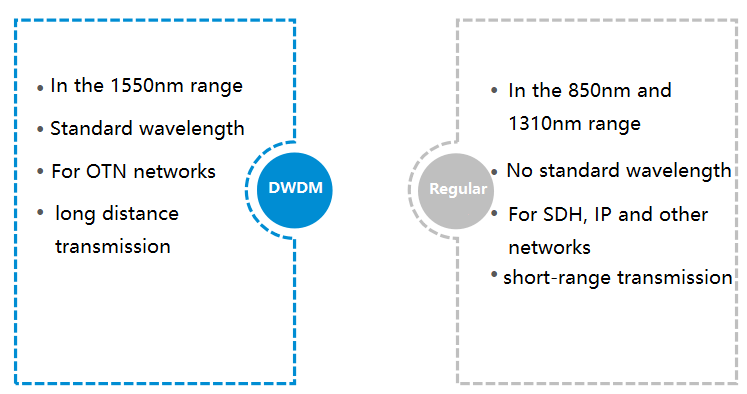
What is an optical signal with and without a standard optical wavelength?
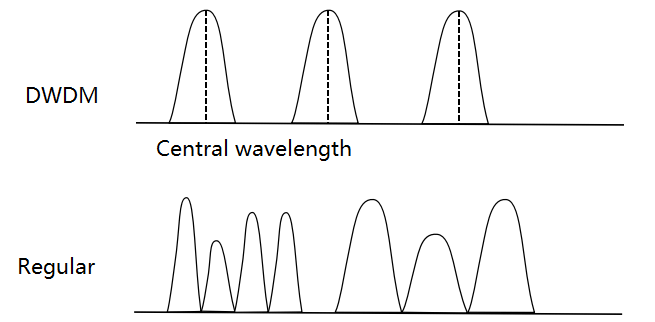
- Standard optical wavelength means that the optical signal fluctuates in a small range around some central optical wavelength and is a single optical wavelength of light.
- No standard optical wavelength means that the optical signal fluctuates within a certain range, a wider range, without a central optical wavelength.
To provide a better understanding of DWDM and Regular wavelengths, consider the following analogy:
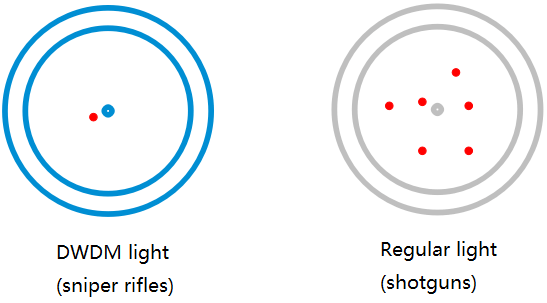
DWDM wavelengths are like sniper rifles that fire one bullet at a time, causing a single bullet hole in the target, which represents a light signal with a standard wavelength.
Regular wavelengths are like shotguns that fire multiple bullets simultaneously, causing multiple bullet holes in the target, which represent light signals without a standard wavelength.
Who Provides DWDM and Regular Wavelengths?
Optical transceiver modules provide DWDM and Regular wavelengths.
- DWDM modules transmit and receive colored light signals with a standard center wavelength.
- Regular modules transmit and receive Regular light signals without a center wavelength.
In practical network devices, SDH/IP equipment on the customer side transmits Regular light signals through Regular modules into the OTN network, where the OTN equipment converts the Regular light to DWDM light using a DWDM module for transmission.
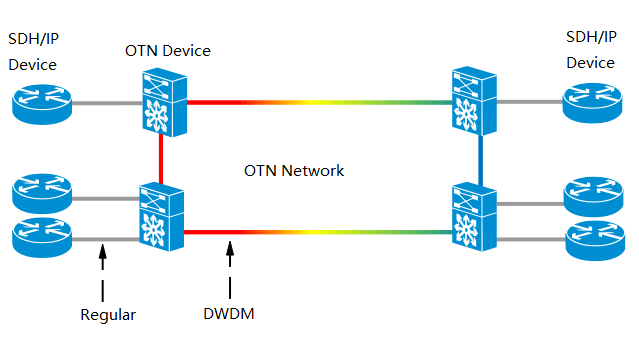
Conclusion
DWDM and Regular optical wavelengths are widely used in optical communication today, enabling efficient handling and transmission of data over optical fibers for short and long-distance scenarios in various networks, contributing to the rapid development of optical communication networks.
